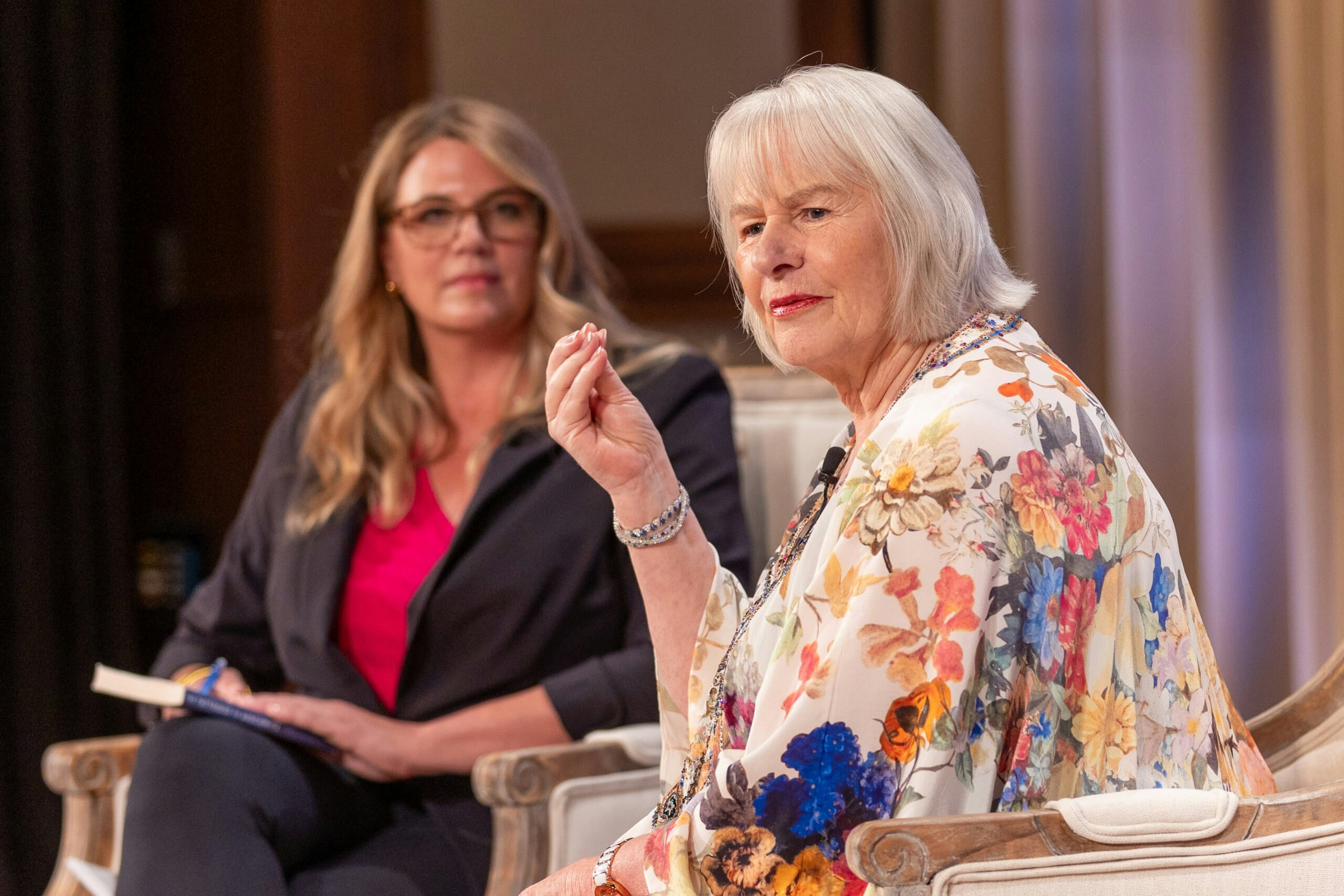This blog originally appeared on Foreign Policy's Shadow Government Blog.Next July marks the 60th anniversary of the armistice that ended the...
This blog originally appeared on Foreign Policy's Shadow Government Blog.
Next July marks the 60th anniversary of the armistice that ended the Korean War. That conflict began in 1950, when the North Korean army crossed the 38th parallel to invade South Korea and entered Seoul, the capital, three days later. With more than one million losing their lives in the war, including 41,000 Americans killed or missing in action, it's important that the record reflect the truth about the North's attack. Yet the North Korean government's propaganda machine imposes an alternate version of reality. As Melanie Kirkpatrick confirms in her new book, Escape from North Korea: The Untold Story of Asia's Underground Railroad, North Korean schoolbooks teach that the war began in 1950 "with an invasion of the North by American and South Korean forces." We know this through the first-hand accounts of individuals like Kim Seong-min, a former propaganda officer in the North Korean People's Army who jumped off a moving train and defected to South Korea in 1999. As Kirkpatrick writes, "[Kim's] decision to leave North Korea was heavily influenced by what he had learned from illegally listening to Voice of America and the Korean Broadcasting System. He came to realize that much of what his government was telling him was a lie." The experience of hearing other defectors tell their stories in these broadcasts "gave Kim Seong-min the courage to dream about going to South Korea. It also taught him about the power of information to change minds." Today, Kim Seong-min heads Free North Korea Radio, a Seoul-based station that is "dedicated to the democratization of North Korea." Just this week, he gained international attention for launching border-crossing balloons containing money and messages against the regime in Pyongyang. Such launches are a low-tech but effective nonviolent tactic in the struggle to get information and support to the North Korean people, as this Wall Street Journal blog explains. Refugee Joseph Kim fled as a teenager on February 16, 2005, the birthday of the late dictator Kim Jong Il, in order to escape the extreme privations of life under a corrupt authoritarian regime. "He wanted to tell someone…but there was no one he trusted with such a secret. Everyone in his family had died or disappeared, and the information was too dangerous to share with a friend, no matter how close," Kirkpatrick writes. And so, with pangs of hunger wrenching his belly, Joseph Kim walked along a road adjacent to the Tumen River and finally "veered off the path, scrambled down the bank…and started running." When he made it to the other side without capture and entered China, he wandered into a small village, where an old woman told him to look for a church. Joseph Kim didn't know what a church was, but he finally found one. Thus begins the journey of a growing number of North Koreans, who connect with the "Chinese Christian network" that typically leads them to a third country before they arrive in South Korea, the United States, or elsewhere. In Joseph's case, the network helped him reach an American consulate in China, where he sought political asylum. Kirkpatrick shares data from South Korea's Ministry of Unification on the number of North Koreans arriving there each year: 71 in 1998, 148 in 1999, 1,140 in 2002, and nearly 3,000 annually by the end of the decade. "The numbers showcase the growing success of the underground railroad," she says. While there are brokers who help for money, the Christian "conductors" on this 21st century underground railroad are deeply moved by the suffering of North Koreans. "If you see someone who is drowning in the river, wouldn't you reach out and help that person? That was what was in my heart," says Pastor John Yoon, who is featured in the book and who began helping individuals escape in the 1990s, when millions of North Koreans died of starvation. It's tempting to hope that North Korea's new leader, Kim Jong Un, as a Western-educated member of Generation Y, might make a difference. But as Victor Cha wrote for Foreign Policy earlier this year: "Let me be blunt: The North Korean regime will not change because Little Kim studied in Switzerland, likes Mickey Mouse, and has a hot wife." The only evidence of change policymakers should deem credible is whether the Kim regime is respecting the basic human rights of North Koreans. But as long as they continue to flee through China and make their way to freedom along the new underground railroad, we can tell that the new Kim regime is like the Kim regimes that went before it. The North Korean people need our help.
This post was written by Amanda Schnetzer, the Bush Institute's Director of Human Freedom and James K. Glassman, founding executive director of the George W. Bush Institute. The Bush Institute's Freedom Collection features two North Koreans who have escaped to freedom, along with the stories of other freedom advocates around the world.























